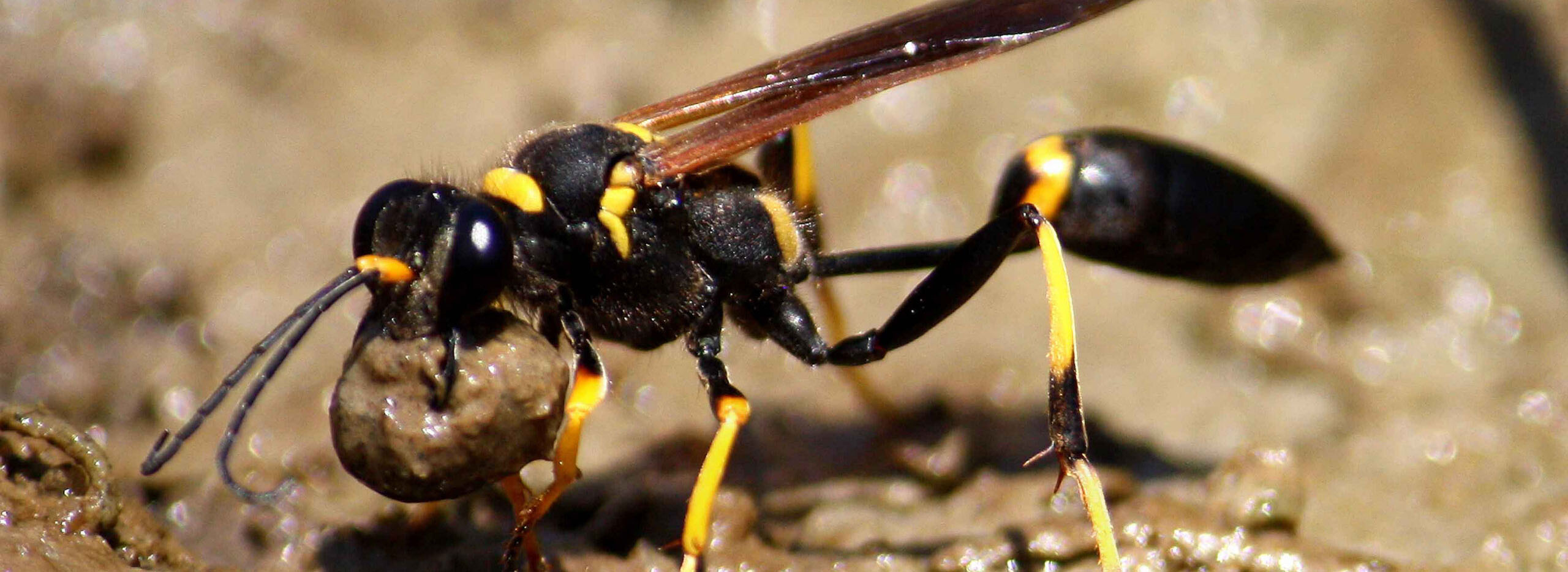
While wasps may seem frightening, K-State entomologist Raymond Cloyd says they’re not all bad and play an important role in maintaining the balance within an ecosystem.
Protecting your home from wasps
K-State entomologist explains how to safely remove wasp nests
At a glance: Homeowners often dread finding wasp nests around their houses due to their infamous stinging abilities. Raymond Cloyd, K-State entomologist, explains how to remove wasp nests and encourages people to contact pest control professionals before acting.
More information: Raymond Cloyd, 785-532-4750, rcloyd@ksu.edu
Related: Household Pests of Kansas
July 11, 2024
K-State Research and Extension news service
MANHATTAN, Kan. – A common problem many homeowners face is wasps taking up residence outside their homes. Kansas State University entomologist Raymond Cloyd says, however, that not all wasps are harmful.
“Wasps are beneficial and they are part of the ecosystem,” Cloyd said. “They are predators of many caterpillar pests and are docile overall. They will usually only sting if disturbed or agitated.”
Mud daubers and paper wasps are commonly seen around homes and will generally not attack people. However, yellow jackets will actually attack people.
Despite the beneficial role of wasps, many people may want to remove wasp nests to avoid the possibility of getting stung when outdoors. When considering removing wasp nests, Cloyd advises determining whether the nest is new or mature.
“If the home has a history of wasps building nests, such as in late spring or early summer, physically remove the nest when you see the nest being initially built,” Cloyd said.
New nests can be removed with minimal risk of being stung because there are usually fewer wasps present inside the new nest. Wasps generally do not rebuild nests in the same location, so physically removing the nest will avoid having to deal with nests in the future.
Spraying nests with an insecticide should be done at night when the wasps are inside the nest, Cloyd said.
If the nest is large, mature, and has been around for some time, Cloyd recommends contacting a pest management professional.
“In order to avoid getting stung, it is best to contact a pest management professional,” he said.
Cloyd said that it is important to correctly identify the wasp that is creating the nest. He recommends contacting your local K-State Research and Extension office and either describing the insect over the phone or sending pictures via email.
***

K‑State Research and Extension is a short name for the Kansas State University Agricultural Experiment Station and Cooperative Extension Service, a program designed to generate and distribute useful knowledge for the well‑being of Kansans. Supported by county, state, federal and private funds, the program has county extension offices, experiment fields, area extension offices and regional research centers statewide. Its headquarters is on the K‑State campus in Manhattan. For more information, visit www.ksre.ksu.edu. K-State Research and Extension is an equal opportunity provider and employer.